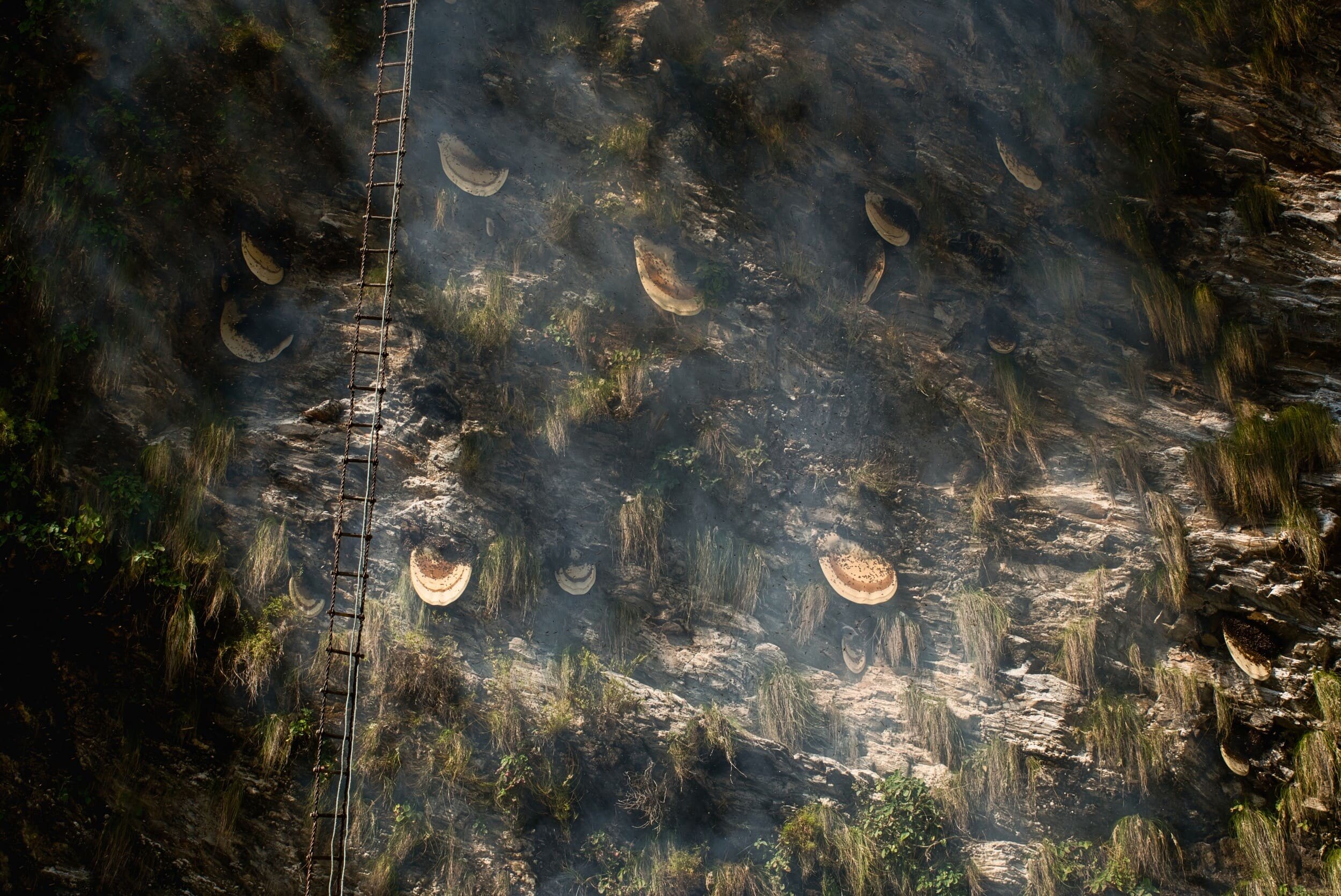NEW!
We bring Nepal to you! Experience our unique virtual photo exhibit.
We are proud to announce our first virtual photo exhibit, “Faces and places of Nepal” by Nepali professional photographer Chad Aaditya. He has generously offered to display his favorite photos of the people and landscapes of Nepal, exclusively to benefit the Gorkha Women’s Planetary Health Camp.
Your contribution of any amount will benefit the women of Gorkha and help us reach our target amount. Please make your contribution, visit our exclusive exhibit, enjoy your (virtual) trip to Nepal and accept our sincere thanks for your support!
Gallery A
Photo Story by Aaditya Chand | “the Jalari fishermen”
Thoughts of the photographer:
After meeting these fisherman, who belong to the traditional fishing tribe Jalari, I spent two days talking with them to build a relationship. Once they were comfortable with me standing with them while they fished, I started photographing them throwing their nets on the third day. I waded into the river to create the desired angle. This series captures a practice, ethnic group and environment that is dying out as Nepal rapidly catches up to the modern world. Because of environmental changes caused by hydropower dams and large-scale industries, indigenous fish species are becoming more rare in Nepal, which places further pressure on the survival of this old fishing tradition. Series taken the 22nd and 23rd of November 2020 on the Harpan Khola river in Pokhara, Nepal.
Gallery B
Photo Story by Aaditya Chand | “the honeyhunters”
Context of the following gallery:
These photos were taken in the high-altitude hills around the remote village of Gandaki at the base of the Annapurnas. The work needs a significant amount of bravery and skill, as hunters face down millions of wild bees seeking to defend their honey. The bees are somewhat aggressive, and often attack hunters while they go about their work; to counter this, smoke from fires below is used to sedate the bees until the hunters are safely on the ground again. Ceremonies are an important part of the process, with pooja rituals offering ghee incense to wild deities. Most of the ceremonies are pleas to mother nature, focused on protecting hunters from both the bees as well as the cliffs they must work on.
Thoughts of the photographer:
“Maha kaDne le haat chhaTchha” is a popular Nepali proverb meaning “the one who makes honey leak with their hands”. A communal tradition dating back centuries, wild honey hunting takes place twice a year; in the Spring from March to April, and in late Autumn from October to December. Because of the blooming of the Rhododendron flower, Spring honey is widely considered to have more medicinal value. Besides honey’s health benefits, bees are also thought to be good omens - if bees are in you garden, one should expect guests. However, rituals are still important to stay in good favor with the bees, and many sacrifice a male goat or ram to the cliff deities as part of the celebrations before the beginning of a hunt. Proper procedure is essential; if the ceremonies are performed incorrectly, the bees will sting more and less honey will be harvested.
We hope you enjoyed your gallery visit!
Thank you for your donation... and helping us reach our target!
Visit our Women´s planetary health camp project here















